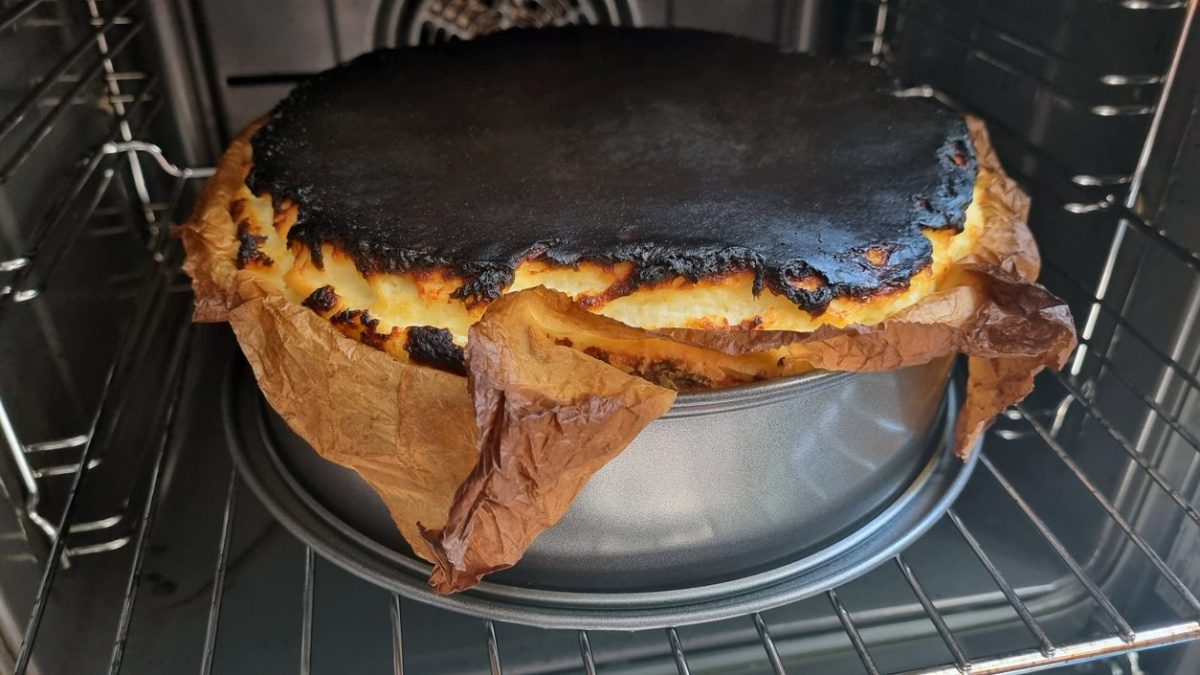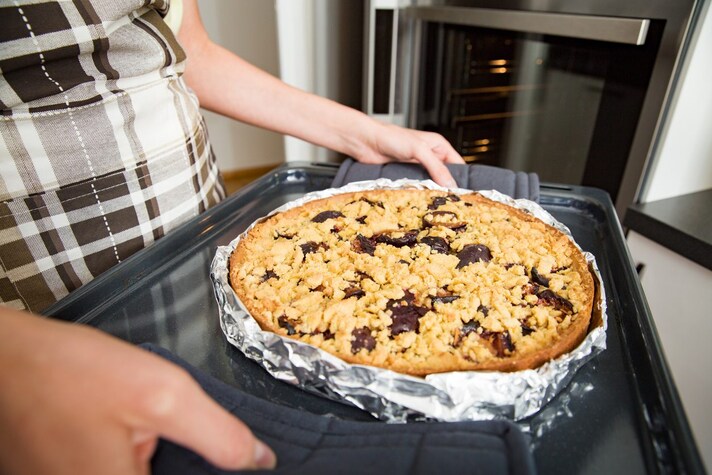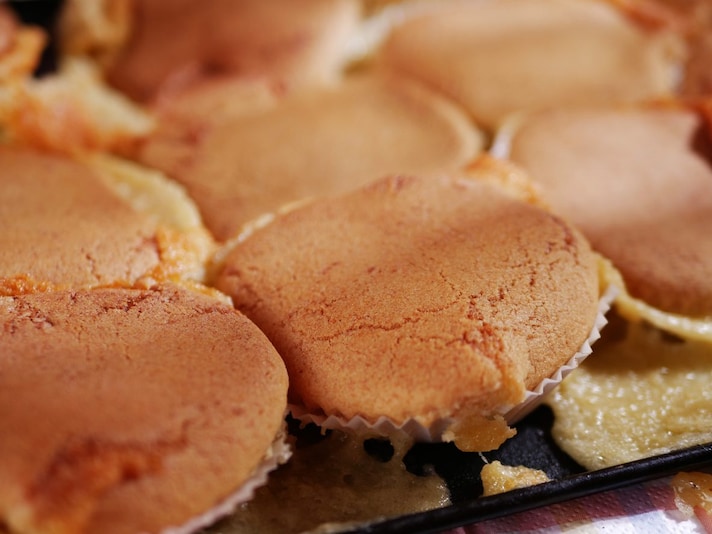
Perfect bakers only exist in heaven. This means that many of us are prone to making baking mistakes, especially when taking on new challenges. When such a thing happens, you’re sometimes lost and may not know how to resolve it and progress, especially when it is a pie you’re making,
In this article, we explore some ways to fix common pie problems that may occur before and after they’re in the oven.
1. If Your Dough Is Too Crumbly

If your pie dough breaks and crumbles when you try to roll it out, it's most likely too dry. To fix this, just sprinkle some cold water over the dough with your fingers and work it in gently until the dough comes together. If the dough gets too warm, put it back into the fridge to chill. When you take it back out, it should roll more easily.
2. If Your Dough Breaks When You Press It In The Pan
First of all, try to transfer the pie crust to the pan using the rolling pin method. To do this, put your rolling pin slightly to one side rolled-out dough circle, then fold the dough over onto it. Next, lift the pin and carefully move the hanging dough over to the pie pan. Then follow that up by laying the rolling pin in the middle of the pan and unfolding the dough before pressing it in.
Another option is to camouflage the breaks. After you've molded your crust into the pie pan, you can use the scraps you pinched off of the edges to patch up any cracks, smoothing the seams with your fingers.
3. If Your Crust Shrinks When It Bakes

This is a sign that you didn't let it rest before baking. Letting the dough rest is important because it allows the gluten to relax so that it doesn't seize up and retract later. This is why most pie experts advise you to not only let your pie dough chill before rolling it out but to let it chill in the fridge for 15 minutes or so before baking, too.
You can't fix a shrunken crust after it has happened, but you can camouflage it with some whipped cream and a sprinkle of cinnamon or chocolate shavings.
4. If Your Crust Is Pale And Underbaked
All you have to do to get past this is to bake it some more. To ensure a bronzed, shiny crust, give the pie a quick brush with egg wash before putting it back into the oven. Make sure your oven is hot enough: 425° F or 450° F is ideal. Then set a timer, too, so that you don't end up with a burnt pie.
5. If Your Crust Is Too Tough

Pies should be tender and flaky. If yours is not, you probably either overworked the dough or added too much water to it. Not much can be done in such a situation but plate up a slice and throw on a scoop of ice cream.
6. If Your Pie's Bottom Is Soggy
This may happen for a couple of reasons, but all hope is not lost. If it's a fruit pie, try putting it back in the oven for a few minutes on the very bottom rack. This brings the underbaked bottom closer to the heat source. If it's a custard pie, rather than re-bake it and risk compromising your lovely filling, scoop the insides into a glass serving dish and top with cookies or whipped cream.
Good luck!
;Resize,width=767;)
